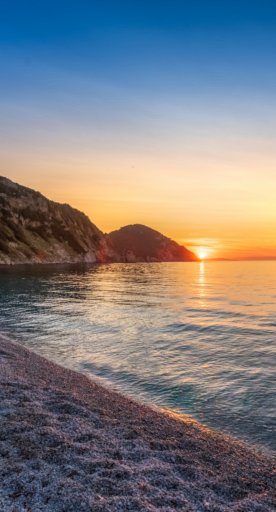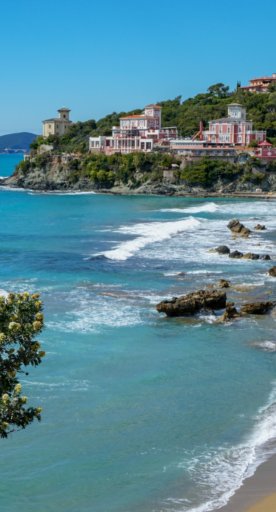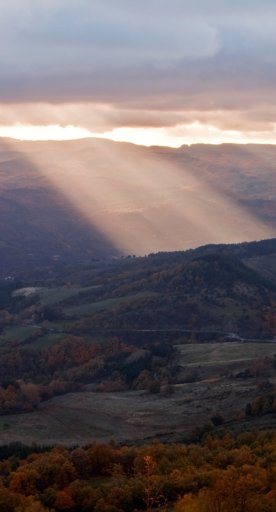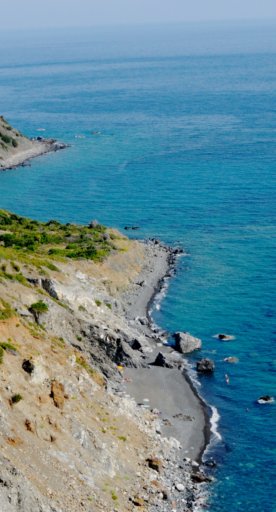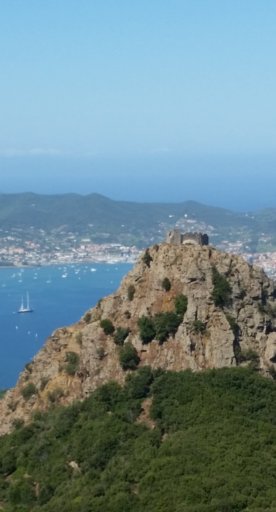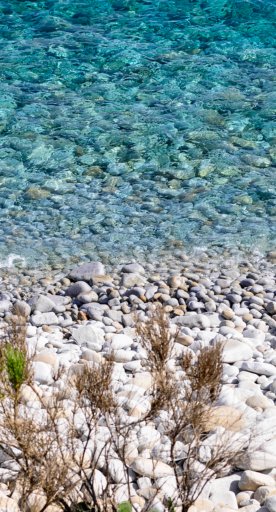

10 lighthouses not to miss along the coast
A journey to discover seaside signal lights, from the coast to the Tuscan Archipelago
One of the newest trends in travel is lighthouse spotting: visiting, learning about and photographing lighthouses and seaside signal lights. Tuscany boasts many of these structures, located in some of the most evocative places along the coast.
The practice, widespread in Northern Europe, where lighthouses have always been “cult objects,” recently came to Italy, where our shores offer interesting sites for visitors. Seaside signal buildings have always attracted man’s attention, and since Antiquity, lighthouses have represented a characteristic element of the coastal landscape, with their high towers standing over the waves. In Ancient Greece, fires at the peaks of coastal cliffs were even used; indeed in the 19th book of Illiad, Homer compared Achilles’s shield to the fire that was lit to indicate the route for sailors.
Most of the light towers in the Archipelago and along the Tuscan coast were built after the Unification of Italy, when the newly-established government realized that there was a need to protect navigation along the peninsula, creating something of a belt of light that stretched to the islands off the coast of Tuscany, the shallows and smaller islands as well.
The lighthouses described here are managed by the Ministry of Defense and the Italian Navy, under the auspices of the Comando Zona dei Fari e dei Segnalamenti Marittimi Alto Tirreno (MARIFARI La Spezia), and are generally closed to the public. The cultural association Mondo dei Fari, in collaboration with the Navy, organizes some events that include the opening of a few of these lighthouses.
Info: ilmondodeifari.it
-
1.The lighthouse on the Secche della Meloria, off the coast of Livorno
-
2.The Livorno Lighthouse
-
3.The Rocchetta Lighthouse in Piombino
-
4.The Punta del Ferraione Lighthouse in Capraia
-
5.The Forte Stella Lighthouse in Portoferraio, Isola d’Elba
-
6.The Pianosa Lighthouse
-
7.The Capel Rosso Lighthouse on the Isola del Giglio
-
8.The Capel Rosso Lightouse on Giannutri
-
9.The canal-port lights in Castiglione della Pescaia
-
10.The Porto Ercole Lighthouse, Monte Argentario
The lighthouse on the Secche della Meloria, off the coast of Livorno

The lighthouse and the historic tower are located in the open sea in an area with shallow waters (Secche della Meloria), about 7 km from the port in Livorno. The buildings can be seen at a distance from the ferry lines coming and going from the port. Today, the shallows are part of the “Secche della Meloria” marine protected area, access to which is regulated by the Managing Authorities of the Migliarino San Rossore Massaciuccoli Nature Reseve.
The Livorno Lighthouse

This lighthouse is part of Livorno’s coastal “skyline,” and it can be seen from the city’s boardwalks, including the evocative Mascagni Terrace, a famous site in Livorno’s cultural highlights. The lighthouse is a national monument.
The Rocchetta Lighthouse in Piombino

The Rocchetta Lighthouse is located in the famous and panoramic terrace off piazza Bovio, dominating over the sea and the canal, with the historic centre at its back. At the end of the piazza, on the town side, the centuries-old Palazzo Appiani is still standing, which once belonged to the Lords of Elba and Piombino. Where the small lighthouse is today, there used to be a medieval fort known as La Rocchetta, hence where the name comes from.
The Punta del Ferraione Lighthouse in Capraia
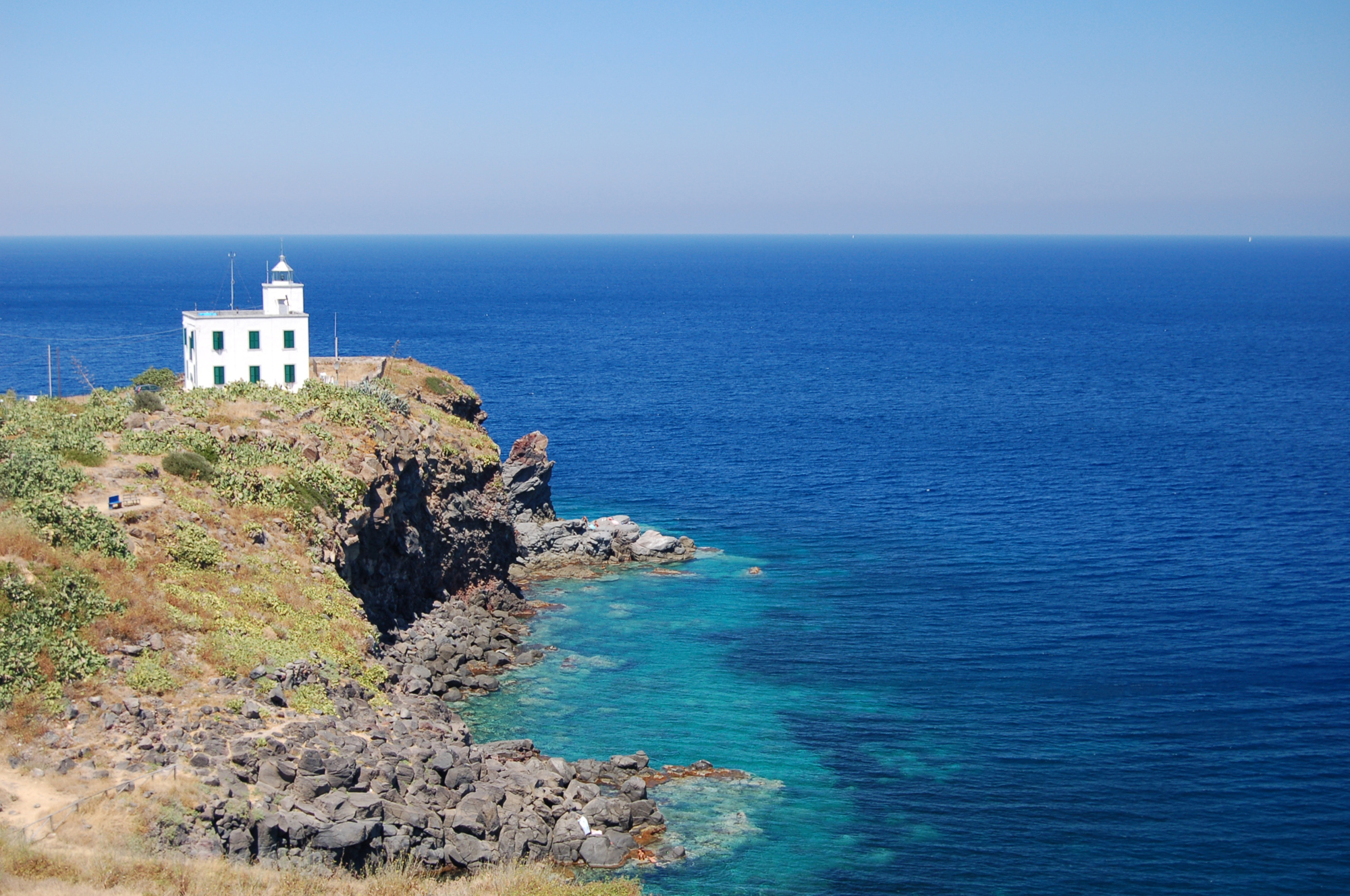
The lighthouse is located, as its name suggests, at the tip, or punta of the Ferraione, its rocky cliffs delimiting the southern border of the bay of Capraia’s port. It can be seen from the landing docks and from the historic centre, located in the upper part of the bay, just before the San Giorgio Fortress. The area right next to the lighthouse isn’t open to the public.
The Forte Stella Lighthouse in Portoferraio, Isola d’Elba

One of the most famous lighthouses in Italy, it’s situated on the Grecale bastion of Portoferraio’s fortress, which dominates the Medici-era city, the port and the gulf. The lighthouse is part of the fortress, visits to which are managed by the Portoferraio cooperative CISSE.
The Pianosa Lighthouse

Its lantern is the highest point on the island, standing at about 42 metres and dominating the flattest island in the Tuscan Archipelago, which is at most only 29 metres a.s.l. The lighthouse is located near the town on Pianosa. The island is completely included in the Arcipelago Toscano National Park, and visits are regulated by the managing authorities.
Info: islepark.it
The Capel Rosso Lighthouse on the Isola del Giglio

The structure is located near the tip of Capel Rosso, in the southern part of Giglio, and can be reached via a paved road that turns into a pedestrian trail the closer it gets to the coast. The final stretch on foot, after about 25 minutes, leads to the area around the lighthouse.
The Capel Rosso Lightouse on Giannutri

The lighthouse is situated in the southern part of Giannutri, one of the smallest islands in the Tuscan Archipelago, and can be reached only via a trail that crosses the southern half of the island. The structure dominates from atop the evocative Grottoni cliffs. The island is completely included in the Arcipelago Toscano National Park, and visits are regulated by the managing authorities.
The canal-port lights in Castiglione della Pescaia

The suggestive lights are located at the entrance to the canal-port in Castiglione della Pescaia and can easily be reached on foot.
The Porto Ercole Lighthouse, Monte Argentario

The lighthouse is located near the terraces of the evocative Spanish fortress in Porto Ercole, which dominates the town and the stretch of sea to the south of Monte Argentario. Access to the fortress is free, but visitors must contact the Porto Santo Stefano culture office.







